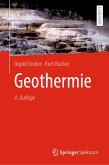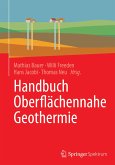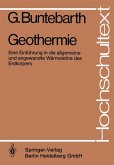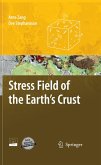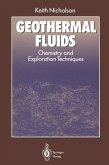The main purpose of Mining the Earth's Heat: Hot Dry Rock Geothermal Energy is to preserve the concepts and data developed during the last 35 years, so that a new generation can build upon our efforts. Integrated into this one book is all known data available on HDR development and resources of the U.S. The book also includes relevant information on HDR projects outside of the U.S. The material is presented in a format easily grasped by any engineer, scientist, or educates layman.
Dieser Download kann aus rechtlichen Gründen nur mit Rechnungsadresse in A, B, BG, CY, CZ, D, DK, EW, E, FIN, F, GR, HR, H, IRL, I, LT, L, LR, M, NL, PL, P, R, S, SLO, SK ausgeliefert werden.




